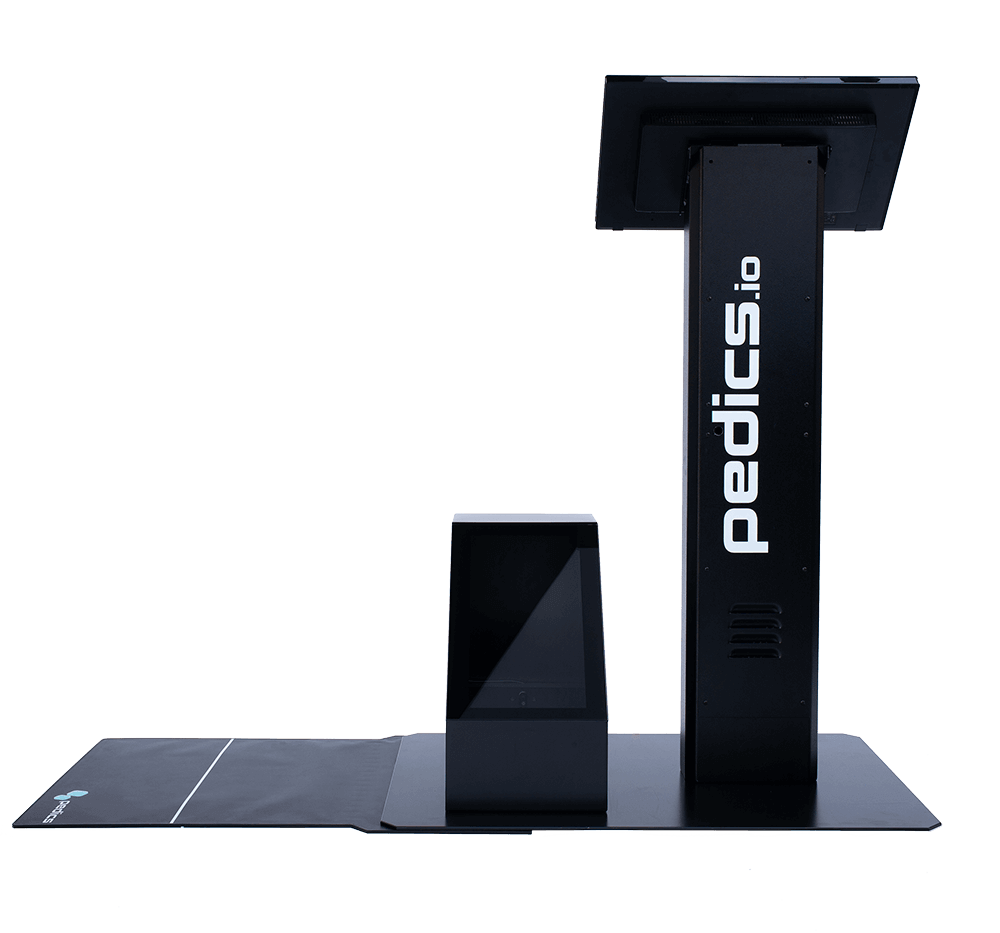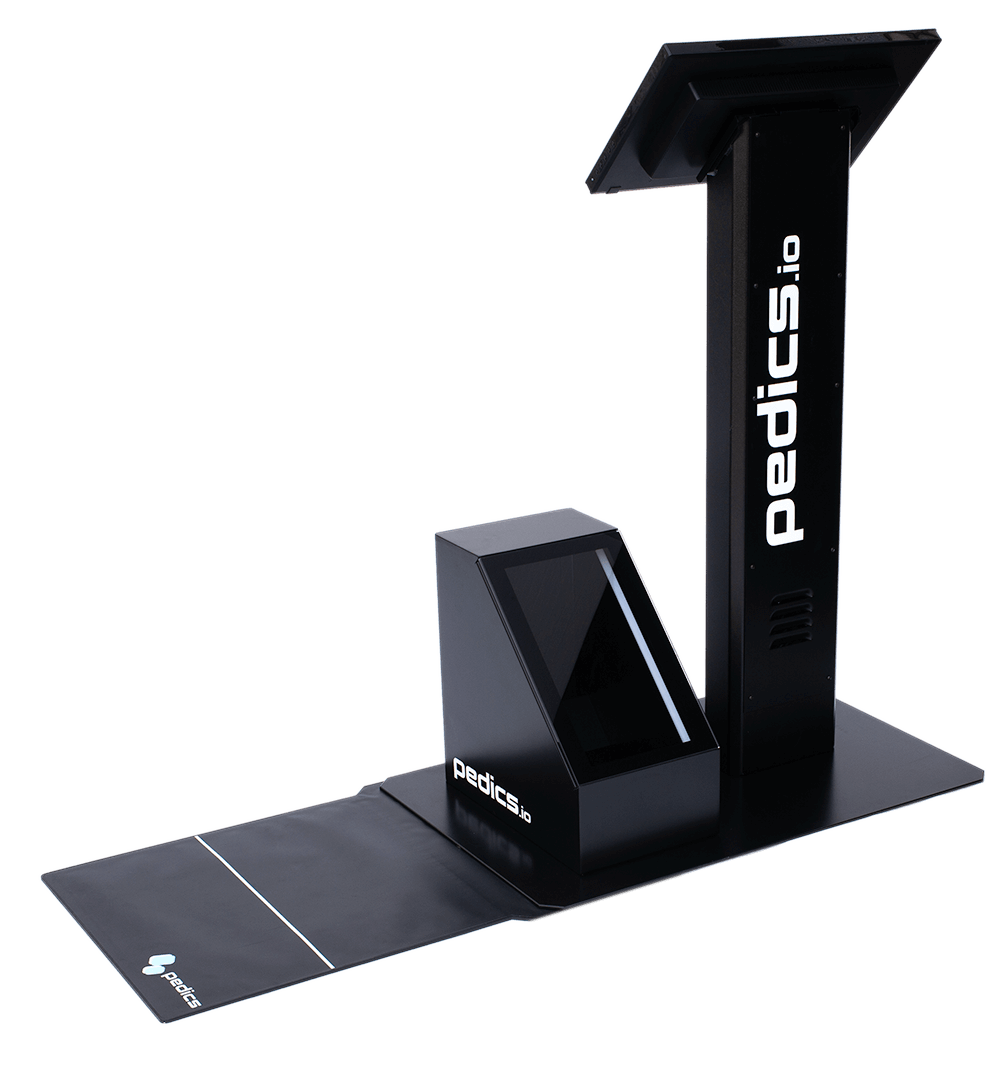Taking a look beyond the foot
The feet are the foundation of the body. Any problem here will affect the entire body. Various conditions of the foot, especially deformities and malalignments, regularly lead to pain in different parts of the body. The pedics assessment helps to identify and quantify such issues.







